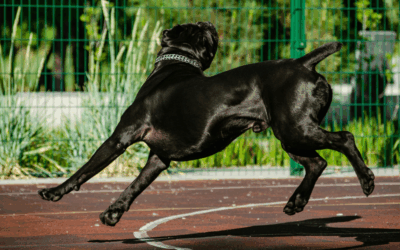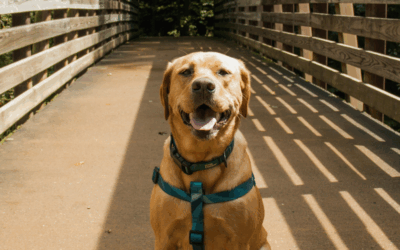Fleas can turn your furry best friend’s life into an itchy nightmare. These tiny parasites can lead to intense itching, irritated skin, and even more severe issues such as skin infections or transmitted diseases. Whether you’re a first-time dog owner or seasoned pet parent, understanding fleas, how they affect dogs, and how to keep them at bay is essential for your pet’s overall well-being.
In this article, we’ll explore everything you need to know about fleas on dogs—from spotting the signs of an infestation and understanding the flea life cycle, to effective prevention and treatment options that will help ensure your home stays flea-free.
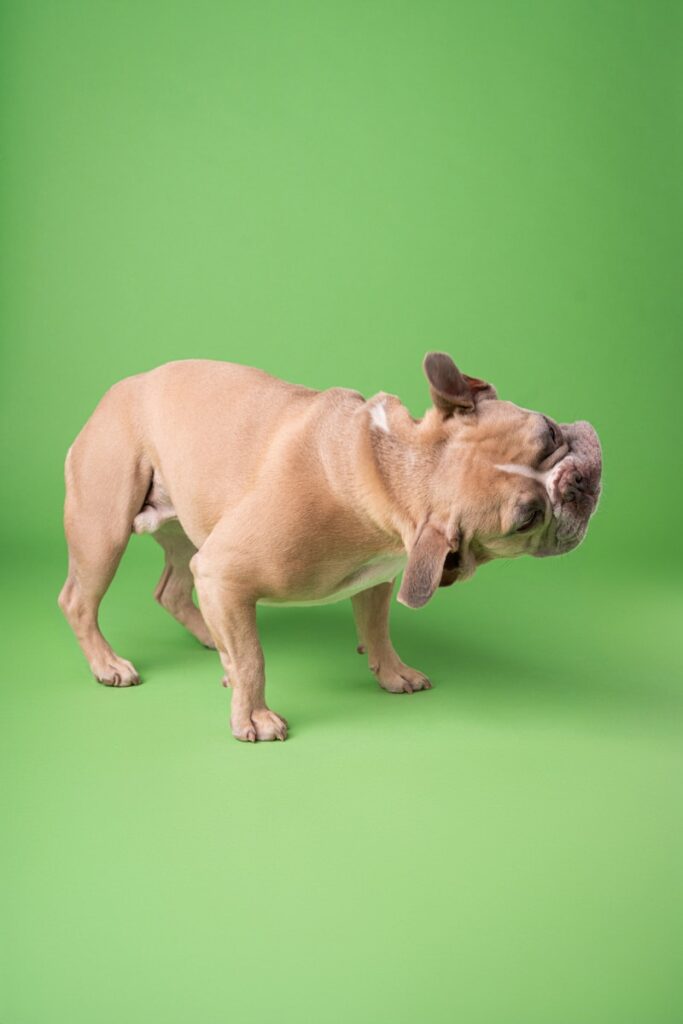
What Are Fleas and How Do They Affect Dogs?
Fleas are tiny, wingless parasites that survive by feeding on the blood of a host animal, such as your dog. While they might be small, the impact on your pet’s health can be significant.
Fleas and Their Life Cycle
Understanding the flea life cycle is key to effective flea control. Fleas go through four stages:
- Eggs – Laid by female fleas after feeding on the host.
- Larvae – Hatch from eggs and feed on debris like flea dirt.
- Pupae – The cocooned stage where fleas prepare to emerge.
- Adult Fleas – Fully developed fleas that actively feed and reproduce.
- A single female flea can lay up to 50 eggs per day, making fleas incredibly difficult to eliminate once they establish themselves on your dog or in their environment. Without prompt action, what starts as a minor issue can quickly become a severe infestation.
Why You Need to Keep Your Dog Flea-Free
Keeping your dog flea-free is about more than just preventing discomfort; it’s essential for their overall health and well-being. Here are some key reasons why consistent flea prevention should be a top priority:
1. Prevent Skin Irritations and Allergic Reactions
Flea bites can cause intense itching, redness, and irritation on your dog’s skin. For dogs with flea allergy dermatitis (FAD), even a single flea bite can trigger an exaggerated allergic reaction, leading to inflammation, hair loss, and secondary skin infections. Keeping your dog flea-free reduces the risk of these painful and uncomfortable issues.
2. Avoid the Spread of Diseases
Fleas are more than just a nuisance; they are known carriers of diseases that can affect both pets and humans. Fleas can transmit tapeworms, Bartonella (the bacteria causing “cat scratch fever”), and other harmful pathogens. Protecting your dog against fleas helps prevent these dangerous health risks.
3. Protect Your Home from Infestations
A flea problem on your dog can quickly become a widespread infestation in your home. Fleas lay eggs in carpets, bedding, and furniture, making them tough to eradicate once they have spread. Regular flea prevention stops fleas from hitching a ride indoors and prevents costly and time-intensive extermination efforts.
4. Your Dog’s Comfort and Happiness
Dogs plagued by fleas can become restless and unhappy as they constantly scratch and bite to relieve themselves. This discomfort can affect their sleep, appetite, and general behavior. A flea-free dog is a happier, healthier companion.
5. Protect Your Family’s Health
Fleas don’t restrict themselves to your pets—they can bite humans as well. Children, in particular, are more likely to experience flea bites and allergic reactions. By maintaining consistent flea prevention for your dog, you’re also safeguarding your family’s health.
Keeping your dog flea-free is a crucial part of responsible pet care. With proactive measures, you ensure their comfort and protect both your home and family from the dangers fleas can bring. Consult with your veterinarian about the best prevention plan to suit your dog’s needs and keep fleas off for good!

Common Signs of Fleas on Dogs
Identifying the signs of fleas early is essential for addressing the problem before it escalates. Here are some common indicators that your dog may have fleas:
Excessive Scratching or Biting
One of the most noticeable signs of a flea infestation is your dog persistently scratching, biting, or chewing at their skin. This behavior often stems from the irritation caused by flea bites and their saliva, which can be highly allergenic to some dogs.
Red or Irritated Skin
Flea bites can lead to red, inflamed, or irritated areas on your dog’s skin, especially around the base of the tail, belly, or inner thighs. Prolonged scratching could also cause sores or scabs to develop.
Flea Dirt
Flea dirt, which looks like tiny black or dark brown specks, is actually flea feces that contain digested blood. You may spot flea dirt in your dog’s fur, particularly around the neck, back, or base of the tail. If unsure, use a flea comb and place any findings on a damp paper towel—if it turns reddish-brown, it’s likely flea dirt.
Hair Loss
Patches of hair loss, known as alopecia, can occur when your dog scratches or bites excessively due to fleas. Hair loss may also result from allergic reactions to flea saliva, a condition termed flea allergy dermatitis.
Visible Fleas
Occasionally, you may spot live fleas on your dog’s coat while grooming or bathing them. Fleas are tiny, fast-moving, and usually brownish-red in color, making them easier to detect on lighter-colored fur.
Unusual Restlessness
Flea infestations can make your dog highly restless or agitated. They may struggle to relax, pacing or shifting their position frequently in an attempt to find relief from the itching.
Pale Gums in Severe Cases
Heavy flea infestations can sometimes lead to anemia in dogs, particularly in puppies or smaller breeds. This is caused by fleas feeding on their blood. Pale gums are a telltale sign of anemia, and if you observe this, seek veterinary care immediately.
If you notice any of these signs, it’s important to act swiftly. Begin by checking your dog’s fur and skin for fleas or flea dirt, and consider consulting your veterinarian for confirmation and treatment options. Early intervention can prevent discomfort for your dog and protect your home from further infestation.
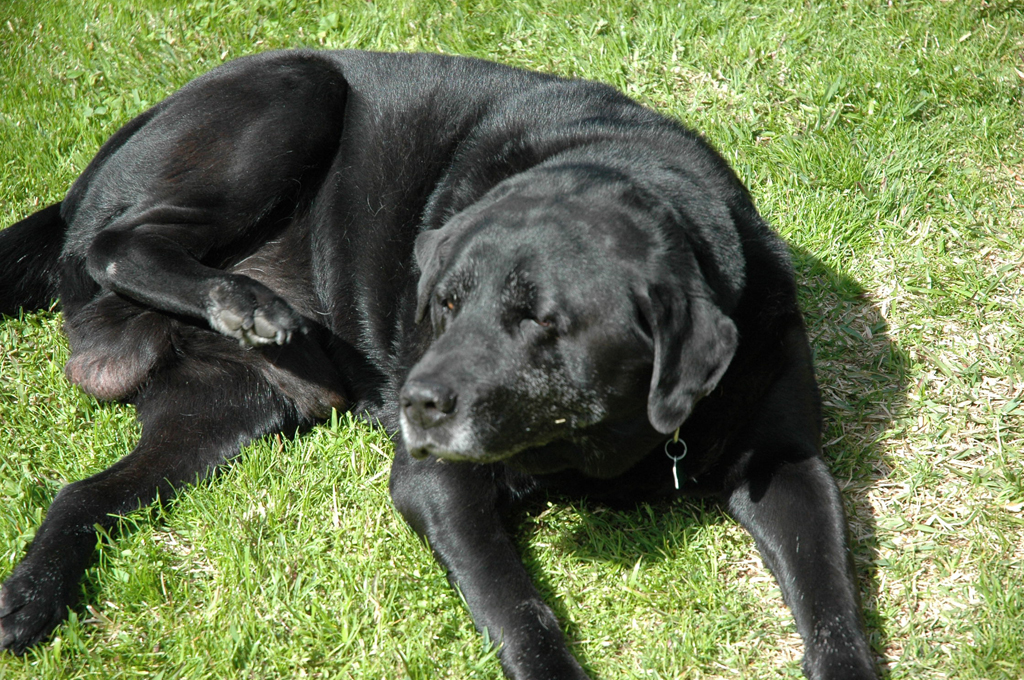
Flea Allergy Dermatitis
Some dogs can develop flea allergy dermatitis, a condition where dogs have an allergic reaction to flea saliva, resulting in severe itching, inflamed skin, and often secondary infections. For these dogs, even a few flea bites can cause significant discomfort.
Can Fleas Bite Humans?
Yes, fleas can bite humans. While they prefer animals as their primary host, fleas may bite humans (especially on ankles and legs) if an infestation spreads. This is yet another reason why quick flea control is vital.
How to Get Rid of Fleas on Dogs
Step 1: Spot and Identify Fleas
Before you tackle the problem, you need to find fleas:
- Use a flea comb to check your dog’s coat, aiming for areas like the belly, behind the ears, and near the tail.
- Look for flea dirt or tiny brown fleas quickly moving through their fur.
Step 2: Bathe with Flea Shampoo
Start by giving your dog a bath using a flea shampoo designed to kill fleas on contact. Make sure to choose a product that is safe for their age and size, especially when dealing with young puppies or sensitive skin.
Step 3: Kill Adult Fleas and Break the Life Cycle
To effectively treat an infestation, you need to target both adult fleas and their eggs or larvae:
- Flea medications: Options like oral or topical monthly flea prevention treatments work to kill adult fleas and provide ongoing flea protection.
- Insect Growth Regulators (IGRs): These products prevent flea eggs and larvae from developing into adult fleas, helping to eliminate future infestations.
Step 4: Clean the Environment
Remember, if your dog has fleas, their environment is likely infested too. Take these steps to control infestations:
- Wash your dog’s bed, pet bedding, and items like dog houses in hot water.
- Vacuum all carpets, upholstery, and cracks where larvae and eggs may hide.
- Use flea sprays in areas where your dog spends time.
Step 5: Consult Your Veterinarian
If you’re dealing with severe infestations or notice secondary issues like skin disease, it’s time to consult your vet. They can recommend medicated shampoos, oral flea treatments, or advanced veterinary medicine to address the problem.
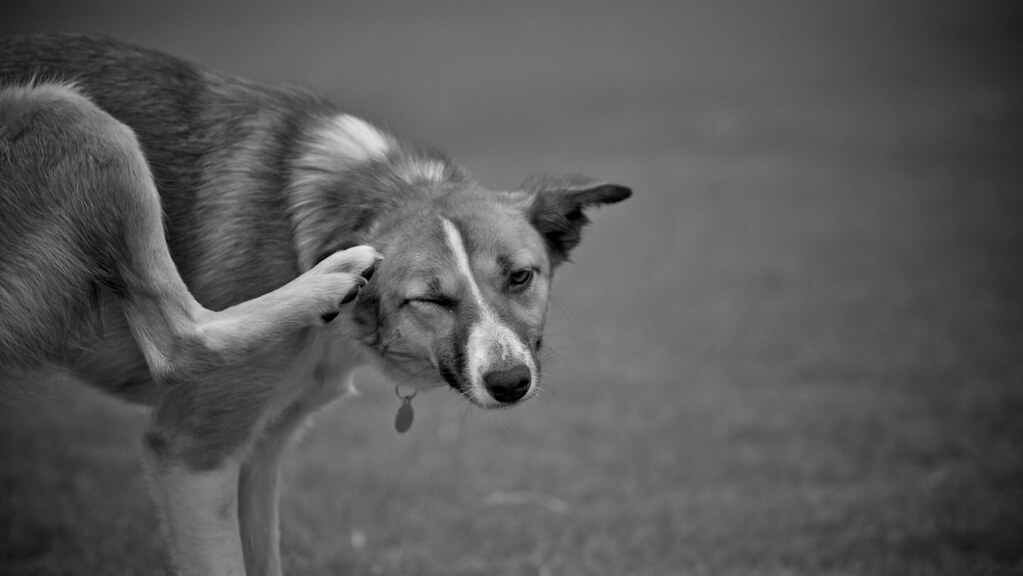
Prevention Is Key to a Flea-Free Life
The best way to tackle fleas is to prevent fleas from taking hold in the first place. Here’s how you can keep your dog and home flea-free:
Ongoing Flea and Tick Prevention
- Monthly flea medications are your first line of defense. Products like spot-on treatments or chews help protect your pet year-round.
- Don’t forget tick prevention! Many fleas live alongside ticks, so opt for a comprehensive treatment plan.
Keep Their Environment Clean
- Regularly wash and dry all dog bedding, including blankets, to kill eggs and hidden larvae.
- Vacuum frequently to remove any hitchhikers brought in from wild animals near your home.
- Keep your yard free of leaves, debris, and shaded hiding spots to reduce outdoor exposure.
Routine Checks
- Use a flea comb every few weeks to catch fleas early.
- Check your dog after outdoor activities, especially if you’ve visited parks or areas frequented by wild animals or other pets.
Integrated Flea Control Products
Ask your veterinarian about combination flea control products that protect against both fleas and ticks while reducing the need for multiple medications.
Best Products for Adult Fleas on Dogs
Effectively managing and preventing flea infestations requires using the right products. Here are some of the best options available to keep your dog flea-free:
Topical Treatments
Topical treatments are easy to apply and provide long-lasting protection against fleas. These products typically come in a liquid form and are applied directly to the skin, usually between the shoulder blades. Popular choices include:
Frontline Plus: A well-known option that kills fleas, flea eggs, and larvae. It also protects against ticks and lice.
Advantage II: Provides fast relief by killing fleas within 12 hours of application. It’s waterproof and remains effective for up to a month.
K9 Advantix II: Not only does it kill fleas and ticks, but it also repels mosquitoes. It’s a good option for dogs that spend time outdoors.
Oral Medications
Oral flea treatments come in the form of chewable tablets or pills that your dog consumes. These products are highly effective and can start working within hours. Some recommended oral flea treatments are:
NexGard: A tasty beef-flavored chew that kills fleas quickly and provides protection for a whole month.
Bravecto: Offers extended protection with a single dose lasting up to 12 weeks. It’s suitable for dogs that might be difficult to medicate frequently.
Simparica: Starts killing fleas within three hours and provides one-month protection against both fleas and ticks.
Flea Collars
Flea collars are a convenient and long-lasting solution for flea prevention. They release active ingredients continuously to keep fleas at bay. Some top choices include:
Seresto: Provides up to eight months of continuous protection against fleas and ticks. It’s also water-resistant and non-greasy.
Adams Flea and Tick Collar: Offers seven months of protection with a one-size-fits-all design that can be adjusted for comfort.
Flea Shampoos
Flea shampoos are a great way to provide immediate relief from fleas. They can be used in conjunction with other flea control methods. Recommended flea shampoos include:
Sentry Flea and Tick Shampoo: Effectively kills fleas and ticks on contact while also cleaning and deodorizing your dog’s coat.
Adams Plus Flea and Tick Shampoo: Contains aloe, lanolin, and oatmeal to soothe irritated skin while killing fleas, ticks, and lice.
Flea Combs
A flea comb is a simple yet effective tool to manually remove fleas and flea dirt from your dog’s fur. Although not a standalone solution, it’s excellent for flea detection and removal. Some popular flea combs are:
Safari Flea Comb: Features tightly spaced teeth to capture fleas and flea eggs. It also helps remove tangles from fur.
Hartz Groomer’s Best Flea Comb: Designed to be gentle on your dog’s skin, it effectively removes fleas and debris.
Home Treatments
Addressing the home environment is crucial to prevent re-infestation. Products for home treatment include:
Adams Flea and Tick Home Spray: Kills fleas, flea eggs, and larvae in your home, preventing future infestations.
Raid Flea Killer Plus Carpet and Room Spray: This spray targets fleas and their eggs in carpets and upholstery, offering long-lasting protection.
Using these products in combination can provide the most effective defense against fleas. Always consult your veterinarian to determine the best flea control plan tailored to your dog’s specific needs.
Before coming into Snouts and Stouts Indoor Dog Park and Bar, be sure your furry friend is flea free!
Why Flea Control Matters for Dog Owners
Efficient flea control isn’t just about reducing itching—it’s about protecting your dog’s overall health and happiness. Without treatment, fleas can cause serious health issues from anemia to skin infections and allergic reactions, impacting your dog’s well-being.
Acting quickly and committing to monthly flea prevention ensures your dog stays itch-free and healthy. And remember, establishing good hygiene practices for your home and pet can keep pesky fleas from returning for good.

Stay Vigilant, Stay Flea-Free
Whether you’re dealing with your first flea problem or looking to keep fleas at bay, you now have all the tools needed to keep your dog, your home, and your family safe. Consistent maintenance and proper prevention can provide peace of mind and keep your dog’s tail wagging.
For more guidance, speak to your vet about personalized flea and tick prevention options that suit your dog’s unique needs.


